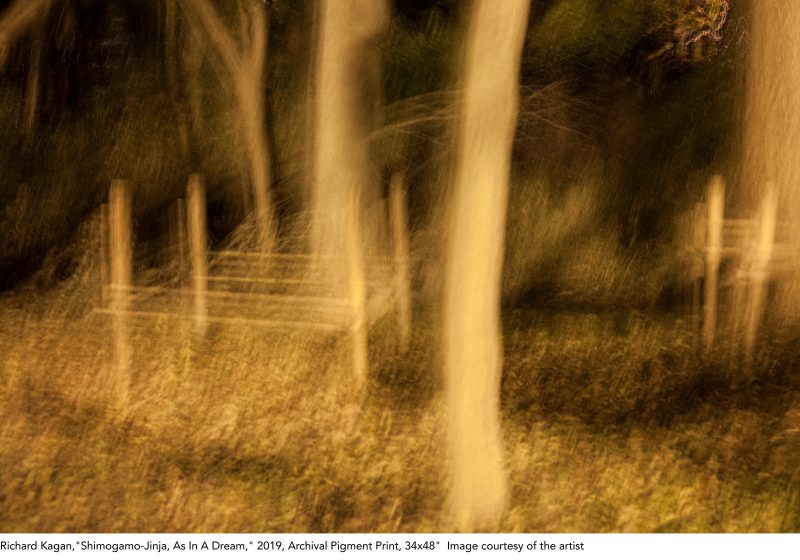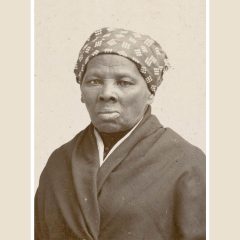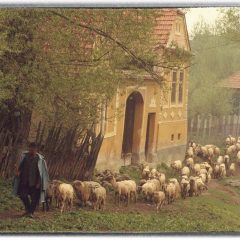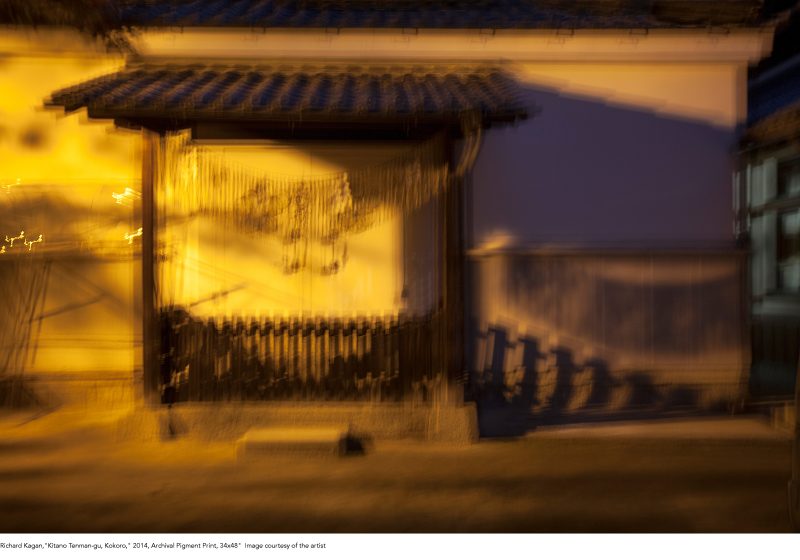
The mystique of Kyoto
Kyoto is the cultural and spiritual mecca of Japan, and served as the seat of Japan’s imperial court for some eleven centuries, from 794 until 1869. It is home to some magnificent Buddhist temples, some 1,000 of them, and 400 Shinto shrines. Kyoto’s ancient heritage has been exquisitely preserved, thanks in no small part to its removal from the list of sites targeted for bombing in World War II, at the behest of President Truman’s Secretary of War, Henry L. Stimson.
People who have visited the city—I have not—often describe its mesmerizing effect. A friend writes: “It’s more of a feeling about Kyoto of ‘everything sacred,’ visible and invisible at the same time. Walking, being in the natural beauty of the city, surrounded by an ethereal presence of something greater than oneself, makes it magical.”
Richard Kagan’s photo-graphic journeys in Kyoto
I think that photographer and former furniture maker Richard Kagan, whose “photo-graphs” of Kyoto temples and shrines at night are on display at the Philadelphia Episcopal Cathedral, has had a similar experience. My friend continues: “The Goddess of Compassion oversees all of Kyoto. Kagan’s photos remind me of walking, looking and trying to find the mystery of the Goddess everywhere— beyond Sanjusangendo-do.” Sanjusagnedo-do, of course, is one of the city’s famous Buddhist landmarks, known for its 1,001 statues of the Goddess of Compassion Kannon.
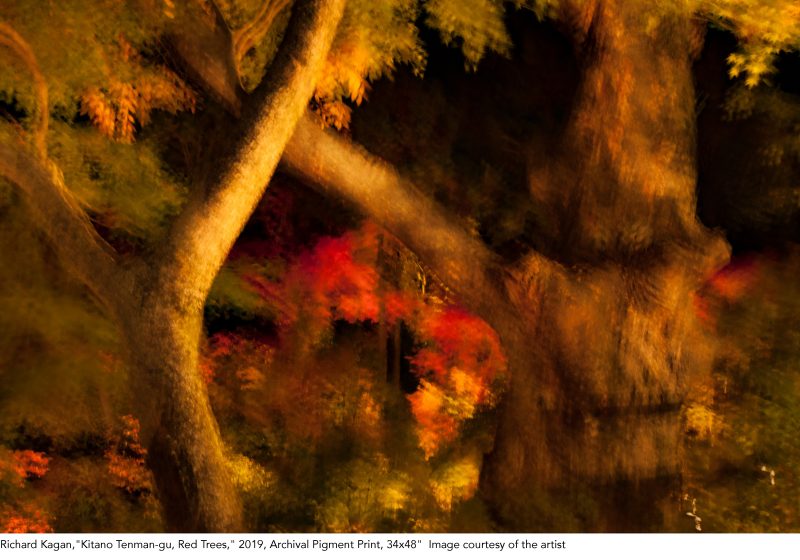
Kagan’s show at the Cathedral is comprised of twenty-five photographs, large archival pigment prints, which he composed by moving his camera through long exposures to create blurry, almost abstract compositions of various temples, shrines, and outdoor spaces in the city. Kagan obviously was entranced by the magical silence and stillness he experienced at these sites, and he communicates his rapture in these photographs.
Kagen himself suggests that that the viewer “stare at these photo-graphs as your eyes adjust to another way of seeing. Let them invite you into their own silent realm.” I agree with the suggestion, and found that the images were particularly engaging.
For those spiritually inclined and those who have visited Kyoto, I think the experience of viewing Kagan’s work will be especially enriching. There is something mysterious and alluring and captivating in this work, however, which appeals to all of us, including those of us who may be spiritually challenged and react solely to the sublime aesthetics.
Most of the photographs on display can be previewed on Kagan’s website, but they need to be seen in person to be appreciated. Four are included here, all of them are Shinto shrines (denoted by the suffix gu or jinja) that for some reason captured my attention. As I understand it, these shrines primarily serve as structures to house sacred objects.
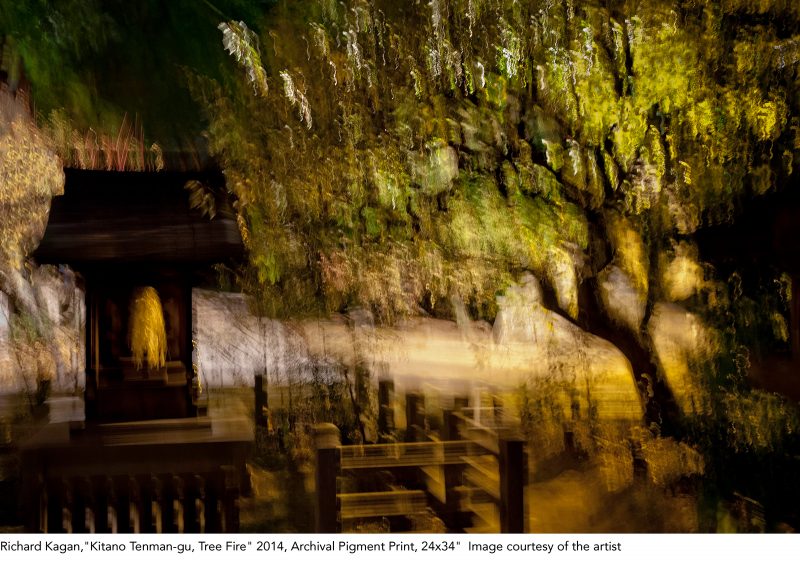
Philadelphia Episcopal Cathedral’s Cathedral Arts program
The exhibition of Kagan’s works is part of the Philadelphia Episcopal Cathedral’s Cathedral Arts program, which hosts a number of art exhibitions throughout the year. The grandeur of the Cathedral adds an element of severity and spirituality to Kagan’s already severe and spiritual photo-graphs, although to some extent the brilliance of the Cathedral’s features competes with the art work on display for your attention.
Richard Kagan, Blurred Time: Sacred Places in Kyoto, Philadelphia Episcopal Cathedral, Cathedral Arts program, 19 South 38th Street, West Philadelphia, until October 27th, 2019. Hours: weekdays, 11am- 1pm (holidays permitted), or by appointment.
